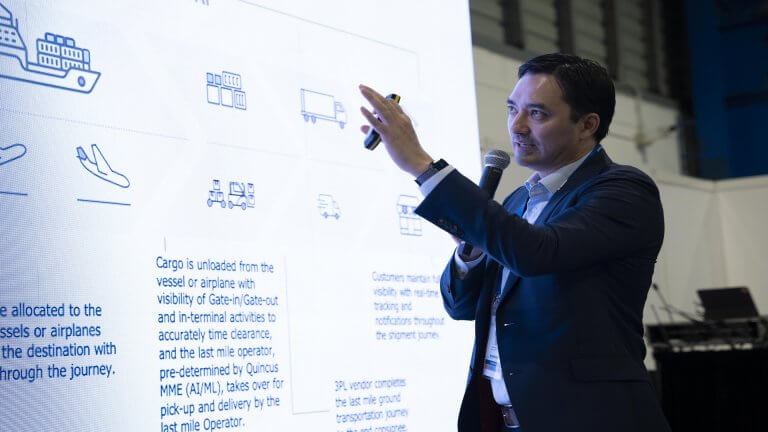
The power of design thinking
“We must design for the way people behave, not for how we would wish them to behave.”
― Donald A. Norman, Living with Complexity
Design thinking helps us tackle strategic questions. Research is highly strategic. At Quincus AI, we use design thinking and fiction as the backbones of our scientific work.
A history of working with design thinking
I have been using and adapting the framework since 2007. I played with the framework and incorporated others such as the Lean Startup framework or Business Model Generation. Now, my approach extends into research, a strategic field where empathy, user-centric processes, and rapid prototyping are of utmost relevance. Let’s dig in in detail.
What exactly is design thinking?
Practitioners and scholars have praised this framework as a significant innovation process for the last 20 years. The core framework is quite simple:
- Begin with observations to understand users’ needs. This phase puts the user first.
- Redefine your question based on the needs you discover and create a design point of view (POV).
- Ideate to find the most innovative answers to the POV.
- Launch iterations of potential solutions to identify the best possible one.
Design thinking-driven companies like Ideo, P&G, IBM, Infosys, and Intuit exhibit numerous success stories.
How can you use design thinking in your research and leadership efforts?
Design thinking isn’t the only innovation framework. There are many ways to bring something new to market. Here’s how I use it in my innovation process.
1. To tell stories
The people-centric process and ethnographic observations of users set the foundation to generate potential customer journeys. We can determine their needs and pain points. We then give life to our innovative solution by showing how it solves issues. Instead of explaining what we do in complicated jargon, we meet them where they are. In addition, such an approach helps unite all scientists, convince stakeholders that we need to develop this solution outside our lab, and “sell” it to the targeted customers. Telling stories is the leading and crucial piece of our innovation framework.
2. To translate experiences
Design thinking acts as the Rosetta Stone for innovation projects. Quincus AI is an island where everybody speaks the same language. When dealing with the complex subject matter in research and science (on any team) outsiders to the industry need more accessible language to understand. We, therefore, need a translator to help connect those outside our teams. The main caveat facing Quincus AI is the ability to bring diverse people together to understand one another. The discrepancies in how people in a project think can easily lead to failure. Thanks to its user-centric core, design thinking gathers everybody under the same umbrella to build new solutions. Design thinking and ethnographies give a common language to each teammate first and all the stakeholders second.
Techniques to build innovation in business
The biggest pitfall in AI-driven innovation is trying to solve a too general and complex problem. Users help us simplify our algorithms to tackle only what potential users will need in 10 years. Finally, users give us the language to speak to any audience.
We use design thinking techniques to clarify the personas of our current users and the journeys they encounter. Then, we develop solutions to solve the pain points inside those journeys.
Boosted by the present, we use design fiction to anticipate the future and nurture our scientific assumptions that will simplify our research work. This framework is an extension of design thinking, using weak signals and sci-fi references to design futuristic scenarios, which become the base of a disruptive, pioneering, and revolutionary view of the market. We rapid prototype our way backward, drawing simultaneously the whole journey we will have to go on to be disruptive. We detect signals in different fields, observing new visions, new business models, new types of organizations, and new generations of people.
Find out more about the work at Quincus.
Written by Christophe Pennetier
Subscribe to keep up with our latest news









